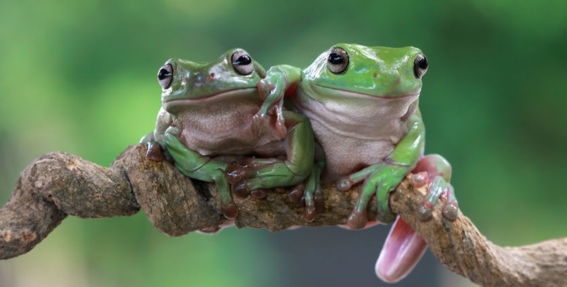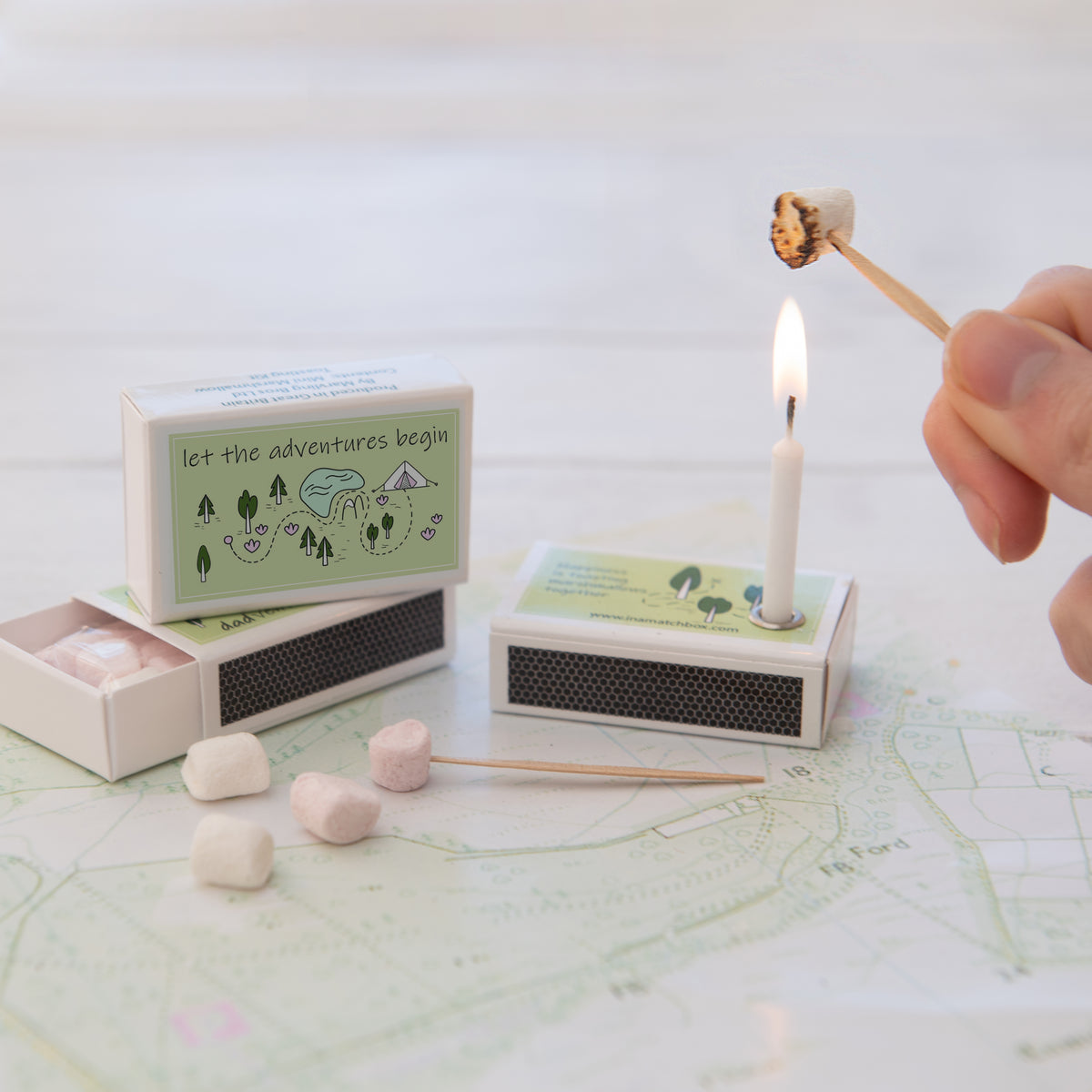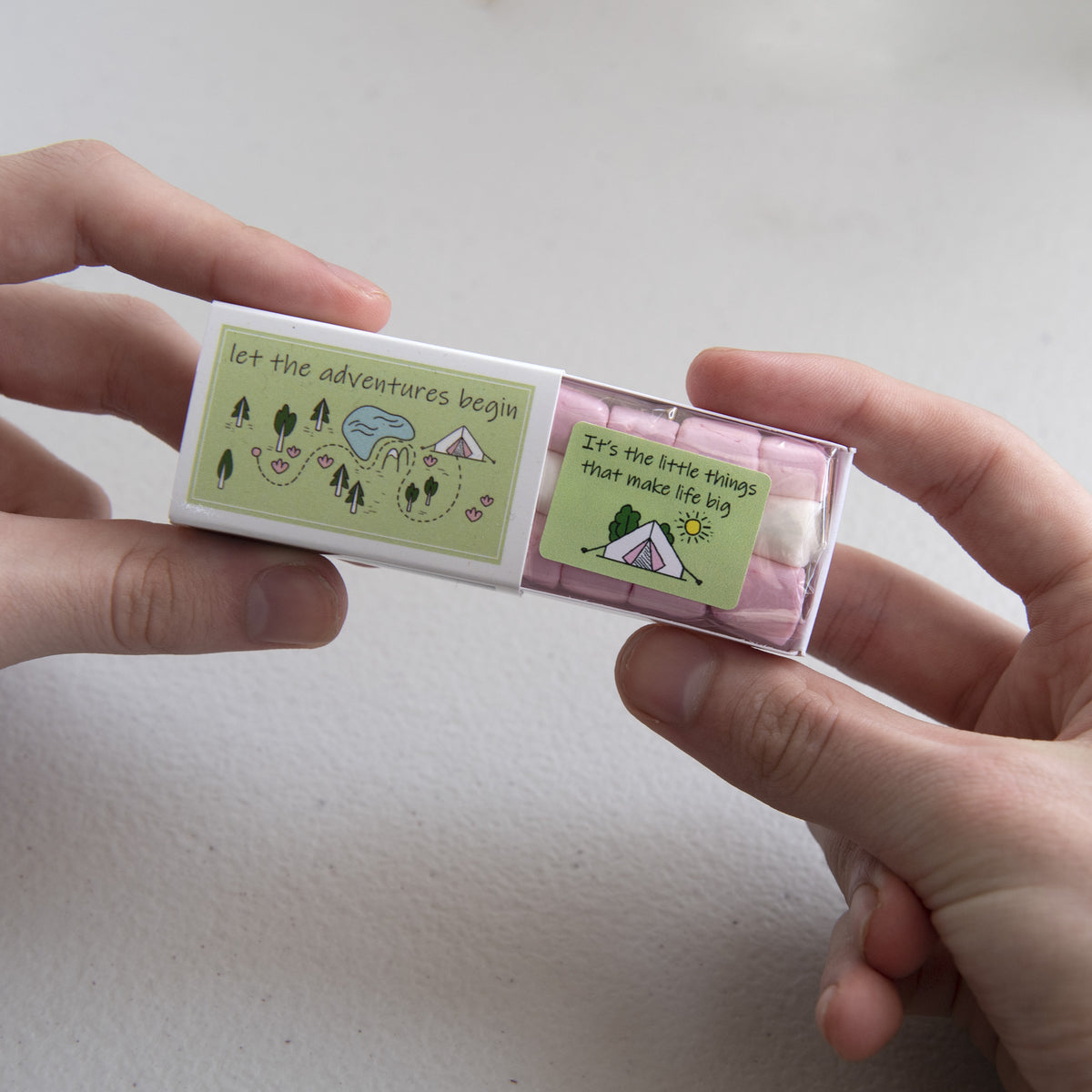Frogs, with their enchanting croaks and agile leaps, have captured the imaginations of people for centuries. These amphibians are more than just green creatures hopping around ponds and marshes; they have an array of fascinating attributes that are sure to leave you amazed. Join us as we uncover 21 fun facts you won't believe about frogs!
- Frogs are famous for their distinctive and often noisy calls. They use these vocalisations to communicate a variety of messages, from attracting a mate to signalling distress or danger.
- Frogs use their long, sticky tongues to catch prey. The tongue flicks out of their mouths in a fraction of a second, effectively snagging their next meal.
- Frogs begin their life cycle as aquatic tadpoles before undergoing metamorphosis. This dramatic change involves the growth of legs, the loss of the tail, and the development of lungs for breathing air.
- Frogs can be found all around the world, with the exception of Antarctica. They inhabit a wide range of ecosystems, from tropical rainforests to arctic tundra.
- Frogs, as amphibians, have a dual lifestyle. They live in both water and on land. Their name, 'amphibian,' comes from the Greek word amphibious, which means 'both kinds of life'.
- Frogs are carnivorous and eat a wide variety of food, including insects, spiders, small mammals, and even other frogs!
- Frogs can breathe through their skin, their mouth, and their lungs, allowing them to survive in various conditions and adapt to their surroundings.
- When frogs swallow, their eyes retract down into their head to help push the food down their throat.
- Some frogs can leap up to 20 times their body length, which is like a human jumping 30 metres in a single bound.
- Frogs display a wide variety of colours and patterns on their skin. These colours can serve as camouflage or as warnings to predators that the frog is poisonous.
- Frogs have excellent night vision and are primarily nocturnal, meaning they are most active during the night.
- Unlike humans, frogs don't drink water. Instead, they absorb it through their skin.
- Frogs have very strong and elongated hind legs, adapted for leaping and swimming.
- Some species of frogs can change colour based on temperature or their mood, effectively acting as living weather predictors.
- Some species of frog display unusual parenting behaviours. For example, the male Darwin’s frog carries tadpoles in his vocal sac until they metamorphose into frogs.
- Sadly, more than one-third of all frog species are considered to be threatened with extinction.
- Frogs are considered a keystone species. They play crucial roles in the ecosystem and are used in human medicine for research and as a source of drugs.
- Some frog species, like the poison dart frog, have toxic secretions on their skin that can be harmful or even fatal to predators.
- Depending on the species, frogs can live for anywhere from a few years to several decades. The oldest recorded frog lived to be 40 years old.
- Some species of frogs migrate in large groups when the weather conditions are right. They can travel several miles to reach their breeding grounds.
- Some frog species, like the North American wood frog, can survive being frozen solid during the winter months. Their heart stops beating, and they appear dead until they thaw out in the spring!
- Just like some animals hibernate, certain frogs can survive during periods of extreme heat or dryness. They dig themselves into the ground and envelop themselves in a cocoon of shed skin to retain moisture.
- The Glass Frog is a unique species where the skin on their abdomen is transparent. This see-through feature allows you to glimpse into their internal organs, including the heart, liver, and gastrointestinal tract!
- Unlike birds or mammals, frogs lay eggs. These eggs are often laid in clusters in water and can number into the thousands for some species.
- Frogs have been to space! In 1970, NASA launched the first biological flight carrying a collection of bullfrogs. The mission aimed to understand more about the effects of space travel on human beings.
























